In hiring, first impressions aren’t just important—they’re everything. While a well-structured resume opens doors, even the slickest design won’t save you if there are red flags waving beneath the surface.
Recruiters and hiring managers have seen thousands of resumes. Many can spot a poor fit in less than ten seconds. And often, it’s not what’s missing that grabs their attention—it’s what’s clearly wrong.
If you want your resume to land in the “yes” pile, avoid these common resume red flags that employers notice immediately—and learn how to fix them before they cost you the interview.
1. Unexplained Employment Gaps
What Employers See: Inconsistency. Risk. A lack of accountability.
Why It’s a Red Flag: Gaps create uncertainty, and uncertainty kills momentum during screening. Employers wonder if the candidate was terminated, unmotivated, or unable to find work.
How to Handle It:
Be proactive. Briefly explain career pauses with clarity and confidence. Whether it was family leave, a sabbatical, or freelance work—provide timelines and context.
Example: Career Pause (Jan 2022 – Aug 2023): Full-time caregiver. Now re-entering workforce with renewed focus and updated skills via [Certification Program].
2. Vague or Generic Job Descriptions
What Employers See: Lack of impact. Resume padding. No clear value.
Why It’s a Red Flag: Hiring managers aren’t impressed by long lists of responsibilities—they want to know what you achieved. Generic descriptions tell them you may have been present, but not productive.
Fix It:
Swap duties for accomplishments. Use the STAR method (Situation, Task, Action, Result) and quantify success wherever possible.
Weak:
Managed team projects.
Strong:
Led a team of 6 to execute a product launch that grew user signups by 40% in 3 months.
3. Job-Hopping Without Context
What Employers See: Lack of loyalty. Flight risk. Performance issues.
Why It’s a Red Flag: Frequent short stints can imply a pattern of dissatisfaction, poor fit, or inability to thrive long-term.
How to Handle It:
If your career path includes several short stops, provide clear reasoning—especially if moves were strategic.
Example:
Accepted contract roles during industry downturn to build skills and remain active in the workforce
Note: A growing number of employers now accept flexible work as the norm, if it’s framed intentionally.
4. Overuse of Buzzwords Without Substance
What Employers See: Style over substance. Possibly inflated qualifications.
Why It’s a Red Flag: Phrases like “detail-oriented,” “results-driven,” or “team player” mean little unless backed by tangible outcomes.
Fix It:
Show what you’ve done, not just what you claim to be. Pair buzzwords with proof.
Example:
Instead of “Excellent communication skills”
Try: “Presented findings to C-level stakeholders, resulting in approval of a $2.4M pilot expansion.”
5. Inconsistent Formatting or Typos
What Employers See: Lack of attention to detail. Carelessness. Poor communication skills.
Why It’s a Red Flag: Your resume is a reflection of your professionalism. Typos or inconsistent formatting (mismatched fonts, misaligned bullets, extra spaces) instantly raise credibility concerns.
Fix It:
Proofread rigorously—then do it again. Use consistent headers, spacing, and verb tenses. Better yet, ask someone else to review it or run it through a resume-specific grammar tool like Jobscan or Grammarly.
6. No Tailoring to the Job or Industry
What Employers See: Copy-paste effort. Lack of interest. Unfocused goals.
Why It’s a Red Flag: Employers won’t spend time figuring out how your resume fits the role. If it’s too broad or irrelevant, they move on.
Fix It:
Customize your resume for each opportunity. Include relevant keywords from the job posting, and highlight transferable skills for career changers.
7. A Career Summary That Says Nothing
What Employers See: Missed opportunity. Unclear brand.
Why It’s a Red Flag: A bland, vague summary—like “Motivated professional seeking a challenging role”—does nothing to position you meaningfully in the market.
Fix It:
Use the top third of your resume to tell a compelling story. One punchy paragraph that communicates who you are, what you offer, and what sets you apart.
Example:
Bilingual operations manager with 8+ years of experience optimizing logistics across retail supply chains. Proven track record of reducing costs by 20% through Lean Six Sigma practices.
Remember, your resume isn’t just a formality—it’s your first impression, your personal brand, and your shot at earning trust in under a minute.
Red flags don’t always disqualify candidates, but in a market defined by competition and speed, they do demand explanation.
By addressing them head-on, you prove two things hiring managers value above all else: self-awareness and professionalism.
Get rid of the red flags—and you won’t just get noticed. You’ll earn the call.
Image Credit:

